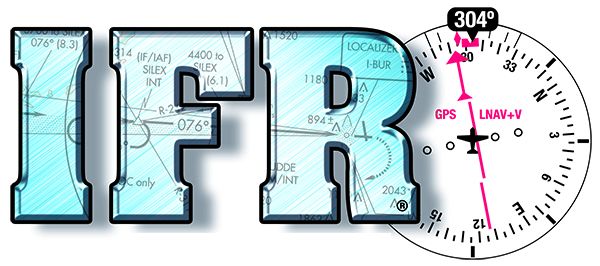On one flight, with only a crew of three (no passengers) on-board the Global Express and light on fuel, I requested a climb to FL510 (max certified altitude) as none of us had ever been that high. We usually cruise at FL450 or lower.
With masks on, of course, we inched on up slowly as climb performance diminished.
It felt good to see what the airplane would actually do.
After ten minutes of so, I said to my co-pilot, “Don’t ask ATC for lower, ask them for re-entry.”
The controller was happy to comply and remarked that he didn’t know our type could go so high.
John Cattaneo, Grand Prairie, TX
The phrase “Rodger Dodger” originated in World War II. Variations of this story occurred in all military branches. Here’s one version.
After a very successful mission, one cocky pilot acknowledged his landing instructions with “Roger Dodger!”
He was immediately rebuked by a stiff-necked officer who said he was a Commander and would personally reprimand him for his flippant remarks on the radio.
The pilot was uncowed. “Roger Dodger, you old codger. I’m a Commander too!”
Fred Simonds, North Palm Beach, FL
I was returning to Denver from some mountain and canyon flying in Idaho one busy Friday afternoon in July, headed towards my fuel stop in Vernal, Utah.
The summer monsoon pattern was firmly in place, and the weather radar was starting to show some activity throughout the region.
The first few Salt Lake controllers declined flight following, so I knew things must be getting bad up high.
As I flew across northern Utah and southern Wyoming I was switched to a Salt Lake controller who seemed to have his hands full, juggling deviations from the various airliners in the sector.
After a number of rather long-winded explanations from a few pilots requesting deviations around the weather, the harried controller made this transmission:
“Okay guys, I don’t need a long explanation, just deviation left or right!”
Evan Anderman, Denver, CO
My Class D airport seems to have little airspace it actually controls, having to talk to the overlying center for everything. The most common, of course, is to get an IFR release before any departure. Occasionally, our Tower controllers will try to anticipate to keep the traffic moving.
On a recent trip, there was one controller working Ground and Tower. I’d just completed my runup and was taxiing the rest of the way to the runway, when the controller called, “Four Zero November, how long before you’re ready?”
I replied, “Approximately zero seconds.”
That, being entirely unexpected and non-standard phraseology, the controller inquired, “Uhhh, what?”
I figured it’d probably be best to redeploy my professional radio techniques. “Four Zero November is ready to go now.”
“Okay, zero seconds. Standby for release.”
I acknowledged and the controller came back. “Four Zero November, I tried. I even used your ‘zero seconds’ with Center and he didn’t want to play. Expect a five-minute delay for inbound traffic.”
Me: “Oh well. We all gotta do what we gotta do. I’ll maintain my zero-second readiness.”
Tower (chuckling): “Roger that.”
Sal Cruz, Watsonville, CA
My home airport is KAPA, which used to be Arapahoe County Airport but is now Centennial Airport in the south metropolitan area of Denver, Colorado.
One day I was flying my Super Decathlon and I was entering a right downwind to Runway 17 Right. I was overtaking a slower 172 ahead in the pattern.
Tower came on frequency saying “18 Echo, do a 360 for spacing.”
“Roger that, tower,” I replied. “Would you prefer that 360 horizontal or vertical or even longitudinal?”
Tower was silent for a few seconds. “Ahhh, 18 Echo … ahhh … horizontal would be just fine.”
Drew Chitiea, Centennial, CO





